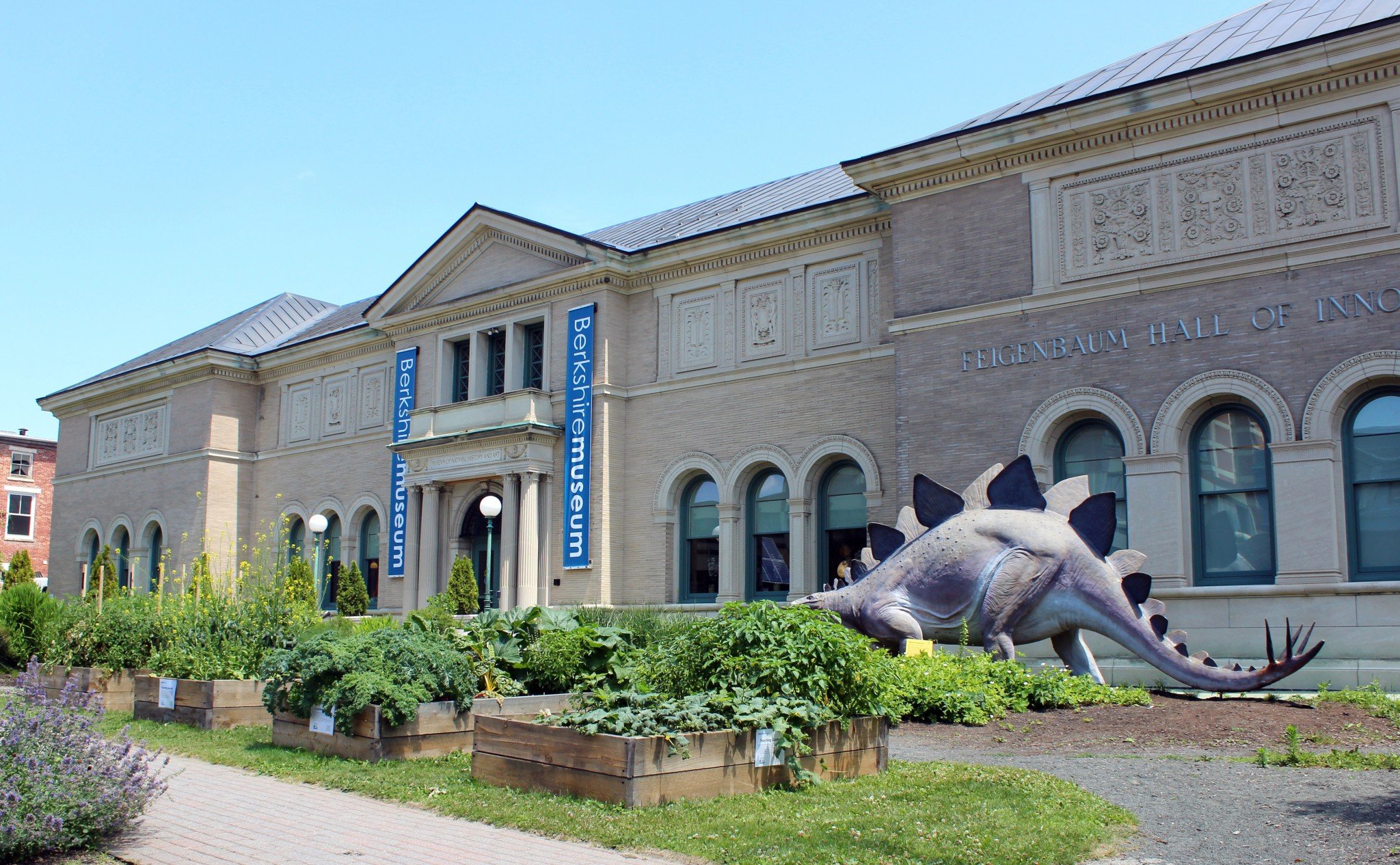
The highest court in Massachusetts has given the Berkshire Museum the green light to sell up to 40 works of art from its collection. The decision brings an end to months of protest, outrage, and legal wrangling over the fate of the works. The case generated national debate over the practice of deaccessioning and sharply divided the Berkshire community.
In a decision released today, Judge David Lowry approved a compromise that the museum and the state’s attorney general, Maura Healey, submitted to the court in February. Under the terms of the deal, the museum can sell all 40 works—but with one major caveat. Once the proceeds from the sale reach $55 million, it cannot sell any more art.
Furthermore, Norman Rockwell‘s celebrated Shuffleton’s Barbershop—perhaps the best-known work the Berkshire sought to sell—will be sold to an as-yet-unidentified nonprofit American museum. The painting will then be loaned to the the Norman Rockwell Museum—located not far from the Berkshire—for up to two years before it can go on display in its new home.
Norman Rockwell, Shuffleton’s Barbershop (1959). Courtesy Berkshire Fine Arts.
(Many have speculated the anonymous new home is George Lucas’s Museum of Narrative Art, which broke ground last month and is due to open in four years. The museum has not commented on the matter to date.)
In his decision, the judge acknowledged the “legitimate concerns” presented by those who objected to the sell-off. But he was ultimately swayed by the museum’s argument that, without the money generated from the sale, it could be forced to close. The judge reasoned that, while the sale may violate the letter of certain agreements the museum made with donors, those agreements would be rendered irrelevant if the institution were no longer able to fulfill its broader function: educating the public about art and science.
The attorney general will oversee the sale “to ensure the public’s interests are protected,” the judge wrote.
In a statement, Elizabeth McGraw, the chairman of the Berkshire Museum’s board of trustees, praised the decision, though she acknowledged that the ordeal had created a rift between the museum and some members of its community.
“We recognize this decision may not please those who have opposed the museum’s plans,” she said. “Still, we hope people will be able to move forward in a constructive way to help us secure and strengthen the future of this museum, at a time when our community needs it more than ever.”
For Sotheby’s, the decision comes just in time. As the Berkshire Museum’s attorney explained to the court at a hearing last month, the auction house is racing against an April 6 printing deadline to include some of the works in the catalogues for its May sales.
A representative for Sotheby’s told artnet News that details regarding the sales would be announced at a later date, but that the company looks forward “to working with the museum to ensure a bright future for the people of Pittsfield and western Massachusetts.”
Of course, not everyone is pleased with the outcome. Nicholas O’Donnell, an attorney who brought one of two lawsuits against the museum to block the sale, told artnet News in a statement that “it is a sad day for both the people of Massachusetts and the true custodians, working tirelessly to preserve and protect our local and national heritage, throughout America.”
About 40 people protested the selling of artwork by the Berkshire Museum to fund their expansion and create an endowment, in front of the museum on Saturday, August 12, 2017. Photo: © Gillian Jones/ Berkshire Eagle.
He also criticized the attorney general, who initially voiced opposition to the sale and even managed to secure an injunction to stop it at the eleventh hour last fall. After a more thorough review of the museum’s finances, however, she negotiated an agreement that put few restrictions on its plans to deaccession. O’Donnell described the change of heart as an “abrupt and unexplained about-face.” Asked if his clients—a group of museum members—planned to take their fight against the sale any further, he said they were “reviewing further options.”
The final deal does place some minor limits on how the museum can use the proceeds from the sale of the 40 works. It can spend the first $50 million however it wants; the next $5 million must be used to benefit the collection, acquisitions, or the museum’s divisive New Vision plan, which aims to retool the institution as a destination for science and natural history.
The Berkshire has agreed to sell the works in three batches. If the sales proceeds hit $55 million before the museum sells all 40 works, the leftover objects will remain in the collection.
In a footnote at the end of his ruling, the judge said that the museum should “to the extent possible and with its best efforts” work to retain public access to the pieces headed for sale. “Art is best preserved for the benefit of the many, not the few highest bidders,” he wrote.
In a statement, Michael Keating, a lawyer who represented descendants of Norman Rockwell in their own case against the museum, said he hopes the museum adheres to the judge’s suggestion to “sell art in ways which preserve public access.”